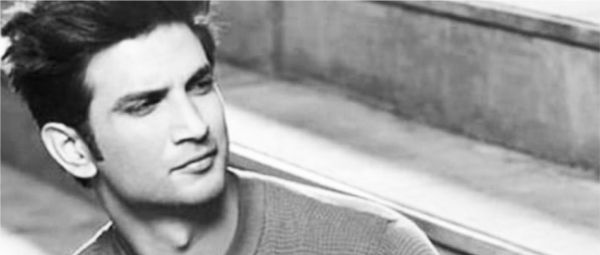The mystery behind the unnatural death of adulated film star, Sushant Singh Rajput, is with each passing day getting murkier, with probe agencies unable to shed any light on the findings of the post-mortem that would hold the key on whether he committed suicide or was strangulated. The focus of the ongoing investigation, as being reported by the media, particularly TV channels, is concentrated on every other aspect, except the actual cause of death. The Mumbai police, for over two months, was immersed in the nepotism angle, while the Bihar police and the Enforcement Directorate laid excessive emphasis on the economic dimension. The CBI is unobtrusively going about its task, but with the Narcotics Control Bureau also getting into the act, the drug slant is receiving an overriding priority. To add to the complex fibre of the case, certain TV channels have, on a daily basis, started unveiling “disclosures” which tend to insinuate that Sushant’s live-in partner and actress, Rhea Chakraborty, was the snake in the grass and thus responsible for his death. This one-sided vilification campaign is most unfortunate and TV anchors, many of whom have never covered crime, and their equally ignorant guests, continue to promote solely the murder theory, with so far, little to substantiate the charge. They should allow the CBI to complete its investigation and desist from making extra-judicial pronouncements, which are definitely amateurish, while bordering on salacious sensationalism.
The upcoming Bihar elections form the backdrop for the case to be receiving such amplified attention; Sushant hailed from the state. Simultaneously, the Maharashtra government, comprising parties opposed to the BJP, has become a tangible target. There is no doubt that many people, not only from Bihar, but from different parts of the country are deeply saddened and perturbed by the premature passing away of a young actor, who was poised to scale great heights. However, justice for him and his loved ones, can only be delivered, if an objective probe by the country’s premier agency comes to a conclusive and definitive inference.
The school of journalism that seeks to create an atmosphere so that people tend only to believe repetitively fed misinformation, thereby in the process brainwashing them, is absolutely unethical. Every case has multiple dimensions and to sideline some, in order to make the pivot point on only one or two features, amounts to following a fallaciously deceptive path. Every journalist must recognize the difference between facts and truth. Facts that are torn out of context, do not necessarily constitute the truth even if they are accurate. It is the total combination of the myriad facts that leads to the truth.
After the boom of the electronic media in the late 1990s, this sort of journalistic aberration acquired a magnified role. Channels, in a bid to compete with each other, unabashedly tarnished the images of many people in the loop of legal cases. Several anchors attempted to create an environment in which even a fair judgement by the judiciary, based on the evidence on record, was rejected, since it was inconsistent with their far-fetched theories. Evidently, it adversely affected some of the accused—and doubts over the impartiality of the judges—who could have been swayed by the public opinion, were openly expressed in some quarters. Realising that she was being singled out and targeted by a section of the media, Rhea Chakraborty decided to break her silence on television. It is obvious that she may have been advised to do so by her legal team, which must have been anxious regarding the consequences of the media onslaught against her. Whether she spoke the truth or not, would be determined by the principal investigating agency, but to her credit, she answered every query that she was asked, consequently also bringing out the fault-lines in the accusations that Sushant’s family wishes the police to pursue. There is every possibility that she may have been coached by her lawyers yet she did address contentious issues upfront, thus defending her relationship with the deceased actor while simultaneously contesting several accusatory claims made by his family.
In the immediate future, the vital matter that requires utmost clarity is whether Sushant was murdered or committed suicide. If indeed he was killed allegedly at the behest of the Dubai Mafia or some other underworld syndicate, those involved in the conspiracy and those who carried out the gory act must be punished. However, if he committed suicide, it would be a titanic task for the CBI to establish the abetment theory. In the Prashant Manchanda versus the Delhi Lt Governor case judgement, delivered by Justice S.N. Dhingra on 30 March 2007, the elements essential to establish abetment have been clearly mentioned. In other words, it would be a challenge for the CBI to factor in the reasons for the suicide, and hold somebody responsible for abetment. The detectives working on this case should be permitted to go about their assignment without being pressurised, either by the media or politicians. Sushant’s death needs a closure that can only be provided if the probe is conducted without any prejudice or preconceived bias. His relationship with Rhea, as well as with his own family, would figure prominently as the investigation progresses. His doctors and associates could provide pertinent components that would facilitate in reaching an immovable conclusion. This particular case hinges on forensic findings, and therefore with AIIMS doctors assisting the CBI, the autopsy report would either way, furnish the first major breakthrough. Between us.

